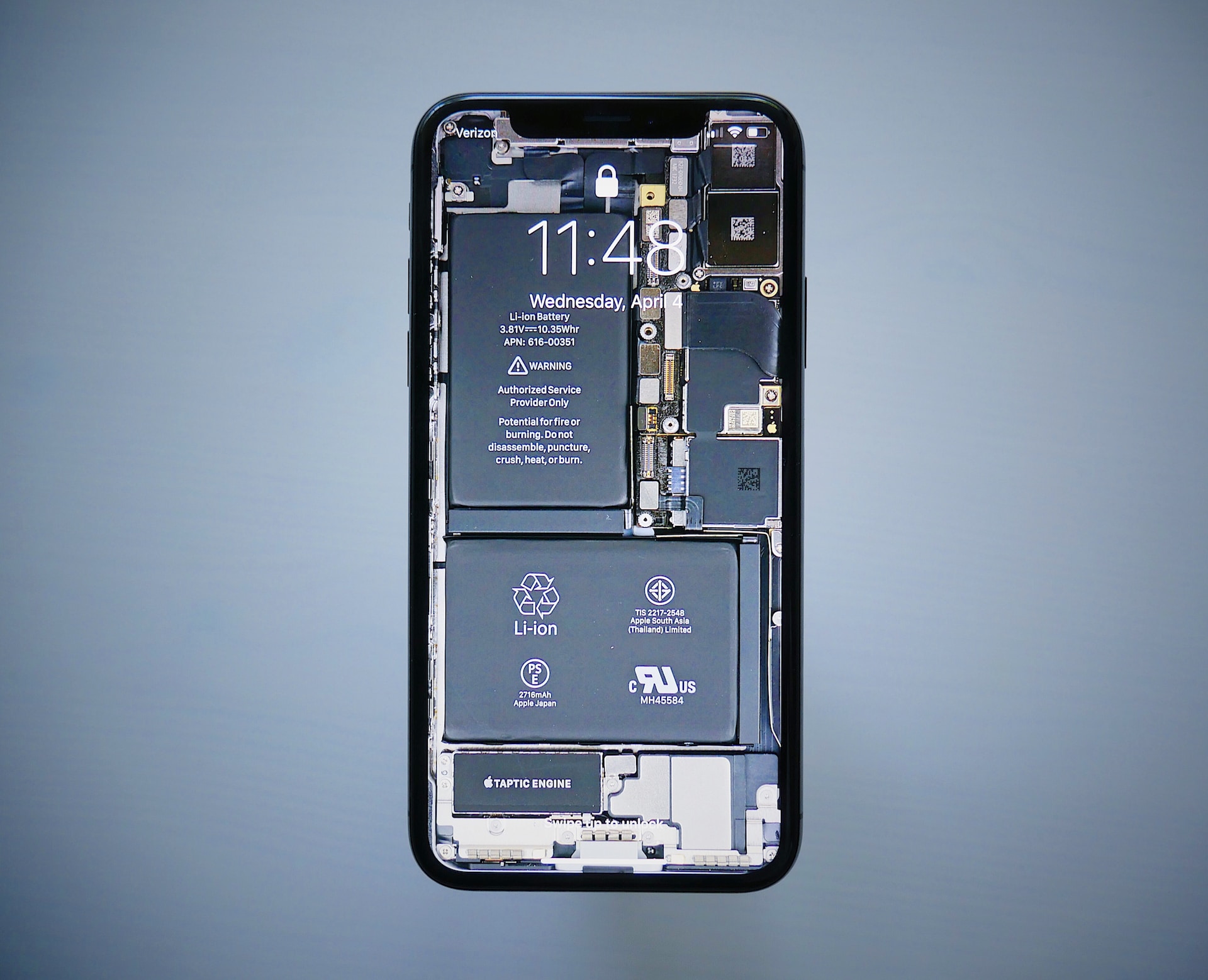The European Union is making strides toward regulations that would require smartphone manufacturers to make their device’s batteries easily replaceable by users. This move comes as part of the EU’s ongoing efforts to overhaul the rules around batteries, aiming for benefits to both the environment and the end users.
The EU’s target for the enforcement of such regulations is often cited as 2027. However, according to Cristina Ganapini, coordinator of Right to Repair Europe, this might not be the complete story. There’s another piece of legislation currently making its way through the EU’s lawmaking process known as the Ecodesign for Smartphones and Tablets. This legislation, which contains similar rules about making smartphone batteries easier to replace, is expected to come into effect as early as June or July 2025.
According to a draft version of the ecodesign regulation, batteries should be replaceable “with no tool, a tool or set of tools that is supplied with the product or spare part, or basic tools.” Additionally, spare parts should be available for up to seven years after a phone’s release, and “the process for replacement shall be able to be carried out by a layman.” The legislation is expected to pass into law in September this year, with its smartphone battery replaceability requirements coming into effect a year and a half later.
Notably, the battery regulation voted on by the European Parliament in June is more stringent than the ecodesign regulation. It does not offer a loophole that would allow smartphone manufacturers to avoid having to make their batteries easy to replace if they’re able to make them long-lasting instead. To qualify, devices would need to maintain 83% of their capacity after 500 cycles and 80% after 1000 cycles. Such devices would also have to be “dust tight and protected against immersion in water up to one-meter depth for a minimum of 30 minutes” according to the ecodesign rules, capabilities often achieved with glue.
The definition of a battery being removable by the end-user is that it can be removed with the use of commercially available tools and without requiring the use of specialized tools unless they are provided free of charge, or proprietary tools, thermal energy, or solvents to disassemble it. The intent of the legislation is less about making every phone’s battery as easily replaceable as that of a Fairphone 4, and more like the recent HMD Nokia G22, whose battery can be replaced using commercially available tools that don’t seem specialized.
The regulation does not yet define “specialized tools,” which is a point of contention, as it could lead to a situation where a user might have to purchase a tool that is in fact specialized but not officially defined as such to replace a battery. The cost of such a tool could easily exceed the cost of the replacement battery. Advocacy organization iFixit is pushing for lawmakers to consider a device as user-repairable under the battery regulation if it can be repaired using “basic tools”.
Another potential concern is how user-replaceable batteries could coexist with waterproofing. The battery regulation contains an exemption for devices “that are specifically designed to be used, for the majority of the active service of the appliance, in an environment that is regularly subject to splashing water, water streams or water immersion”.





































































